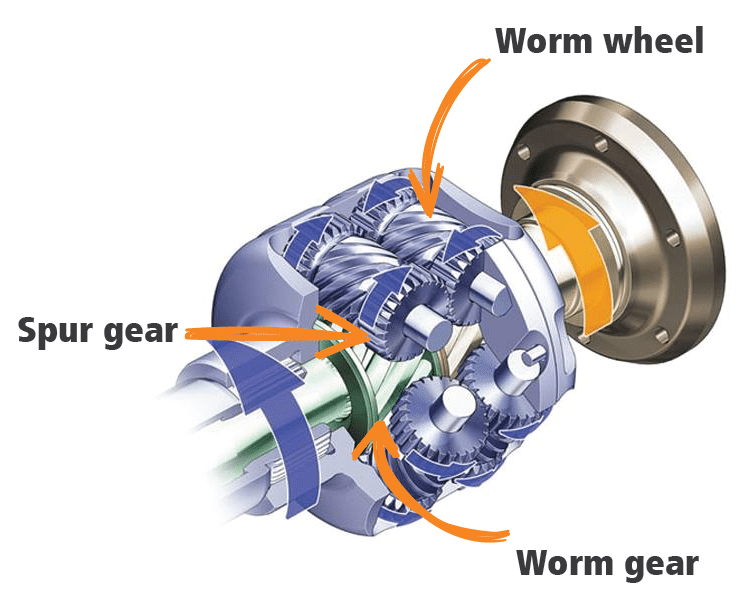Hello,
I have often heard that the Subaru AWD system is superior to what comes is say a Toyota RAV4 or a Honda CR-V.
I am looking for information or a good article that explains and compares the Subaru AWD system to the Toyota and Honda.
I've googled the topic and had no luck.
Does anyone know of any sources they can share or could accurately explain these systems?
I have often heard that the Subaru AWD system is superior to what comes is say a Toyota RAV4 or a Honda CR-V.
I am looking for information or a good article that explains and compares the Subaru AWD system to the Toyota and Honda.
I've googled the topic and had no luck.
Does anyone know of any sources they can share or could accurately explain these systems?

